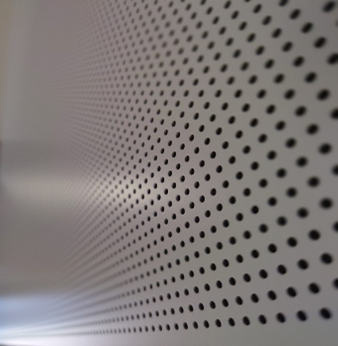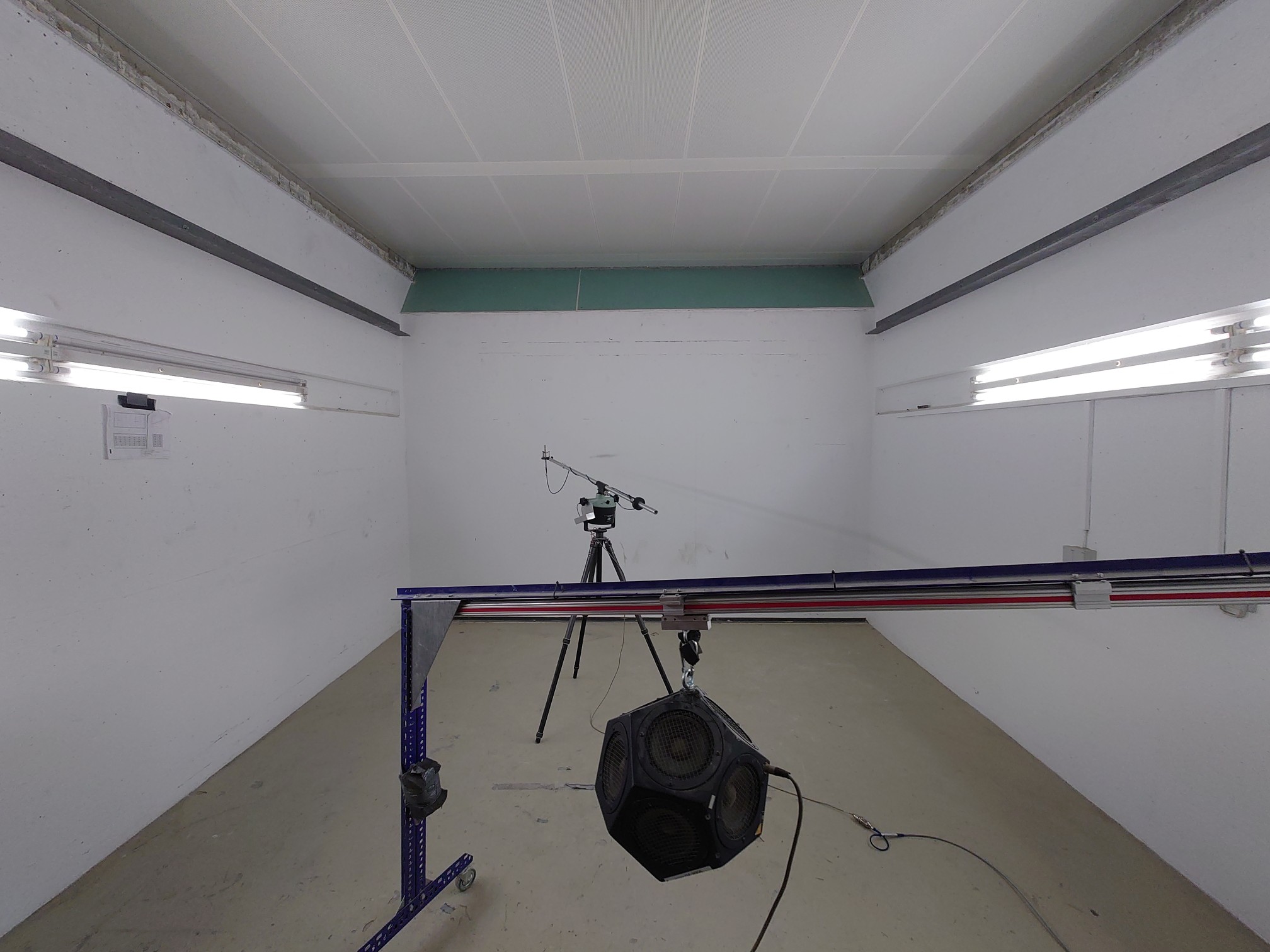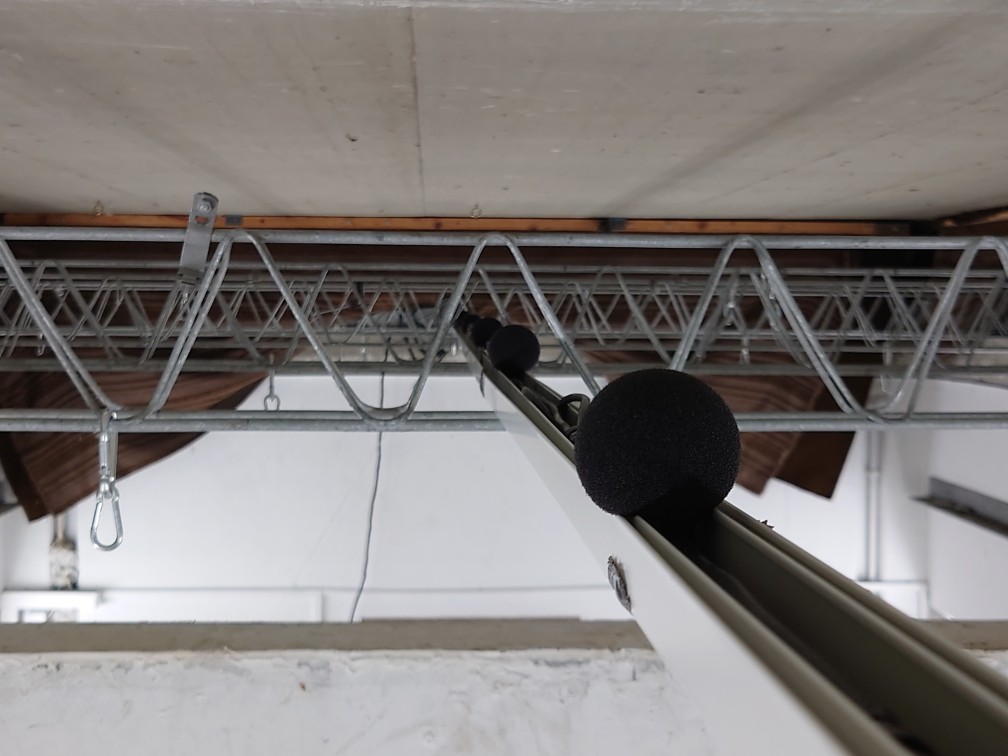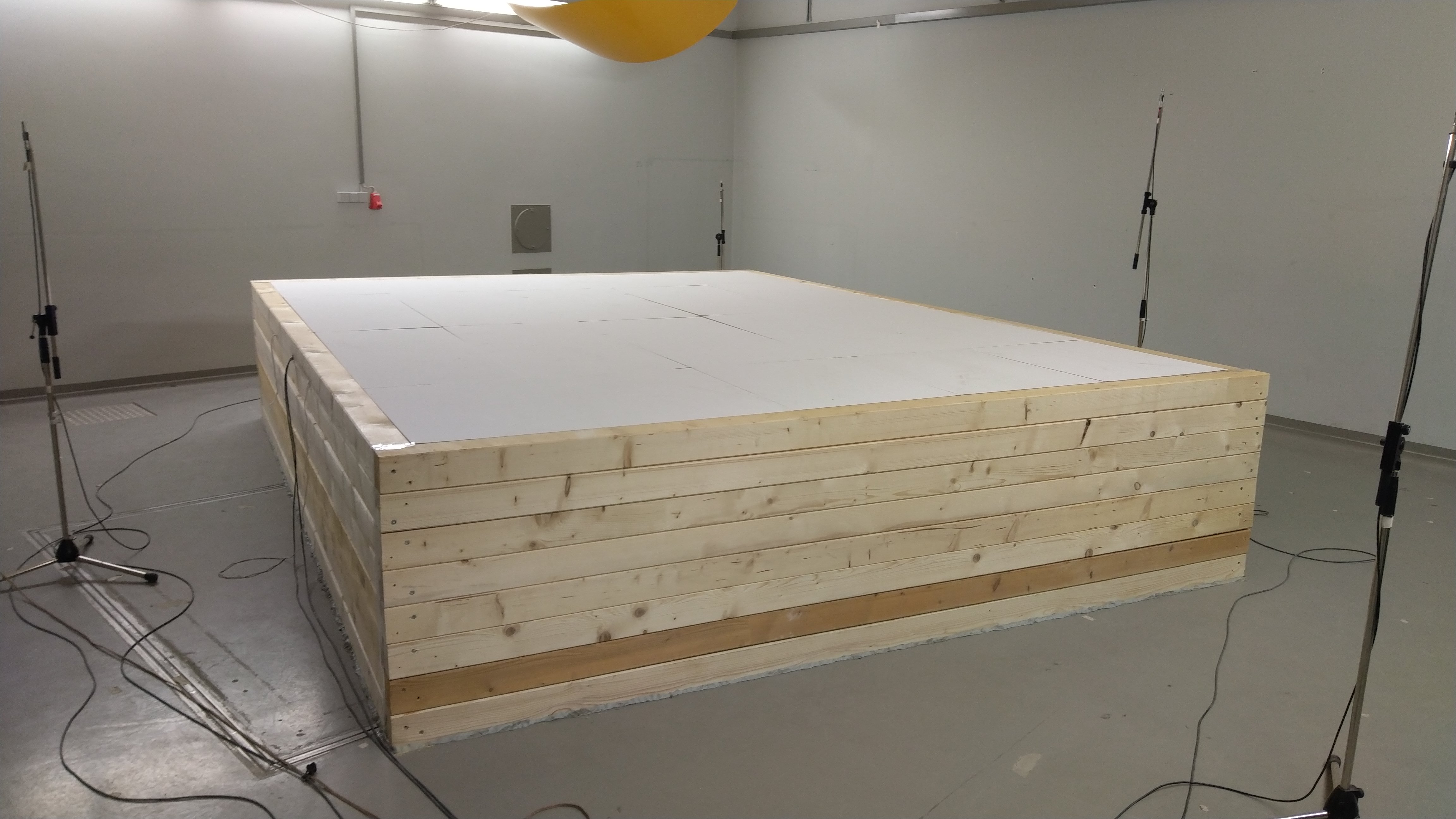Poor sound insulation due to suspension height?
Suspended ceilings are not only a useful design element in commercial buildings; they also meet a wide range of building physics requirements. They affect the conduction of longitudinal sound (standard edge sound level difference) between rooms as well as room acoustics (sound absorption). The ceiling cavity between the suspended and structural ceiling, which is defined by the suspension height, is a decisive parameter for both of these acoustic effects. According to DIN EN ISO 10848, the normalized flanking level difference is measured in the laboratory at a suspension height of 700 - 800 mm. However, the amount of sound absorbed by a suspended ceiling is measured according to DIN EN ISO 354 using a suspension height of 200 mm or 400 mm in the reverberation chamber. In practice, on the other hand, floor heights in buildings such as schools or offices is usually lower with ceilings suspended at 150 - 300 mm. By necessity, planners use these laboratory values to make predictions, regardless of how uncertain these values are as far as the actual suspension height of the ceiling is concerned. This frequently leads to poor sound insulation. Our experts in the Room Acoustics Working Group want to counteract this problem with this research project.



